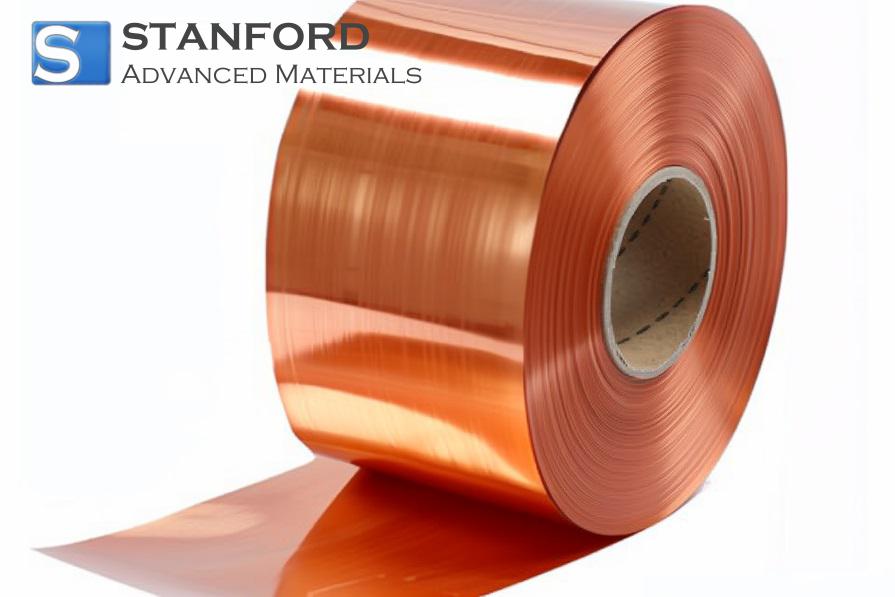Nanowires And Nanosheets For Solar Power
Nanowires and nanoflakes exhibit specific properties that serve various applications. Researchers in China fabricated nanostructures from germanium sulphide (GeS) and observed higher performance than larger structures.
The nanostructures absorb a considerable amount of light. This capacity can be applied in the manufacture of photovoltaic devices. These devices convert solar radiation into electrical energy for households and businesses.
Other semiconductors produced from lead, cadmium and mercury exhibit higher toxicity than those from germanium sulphide. Consequently, these germanium sulphide semiconductors pose lower environmental risks in application.
Cost remains a significant concern in new technology development. However, this method entails lower production costs relative to similar products. Consequently, reduced costs may encourage investment in solar systems.
Yumei Dai and Liang Shi from the University of Science and Technology of China tested the synthesis method. They combined germanium dichloride-dioxane complex, oleylamine (OLA) and thiourea in a sealed reaction vessel. They applied ultrasound to expel all air and then heated and stirred the mixture.
The mixture was heated for several hours at 593 Kelvin, yielding nanoflakes. When heated at 613 Kelvin, the flakes converted into nanowires. The conversion was attributed to surface tension between OLA molecules and GeS layers upon heating. Subsequent tests confirmed the stability of the nanostructures.
Accurate temperature control produced distinct outcomes. The identical procedure generated different products with temperature as the sole variable. Consequently, production is simplified and costs are reduced.
This study indicates that solar energy technology may be improved. The measured properties result in increased solar radiation absorption and enhanced conversion into electrical energy. Consequently, solar modules may perform effectively throughout their operational lifespan.

 Bars
Bars
 Beads & Spheres
Beads & Spheres
 Bolts & Nuts
Bolts & Nuts
 Crucibles
Crucibles
 Discs
Discs
 Fibers & Fabrics
Fibers & Fabrics
 Films
Films
 Flake
Flake
 Foams
Foams
 Foil
Foil
 Granules
Granules
 Honeycombs
Honeycombs
 Ink
Ink
 Laminate
Laminate
 Lumps
Lumps
 Meshes
Meshes
 Metallised Film
Metallised Film
 Plate
Plate
 Powders
Powders
 Rod
Rod
 Sheets
Sheets
 Single Crystals
Single Crystals
 Sputtering Target
Sputtering Target
 Tubes
Tubes
 Washer
Washer
 Wires
Wires
 Converters & Calculators
Converters & Calculators
 Write for Us
Write for Us

 Chin Trento
Chin Trento



